







Obesity is a major public health concern in the modern era, serving as an independent risk factor for morbidity and mortality (1).
Individuals who are obese or overweight face an increased risk of developing cardiovascular diseases, hypertension, insulin resistance, diabetes, reproductive issues, and liver and kidney diseases (1).
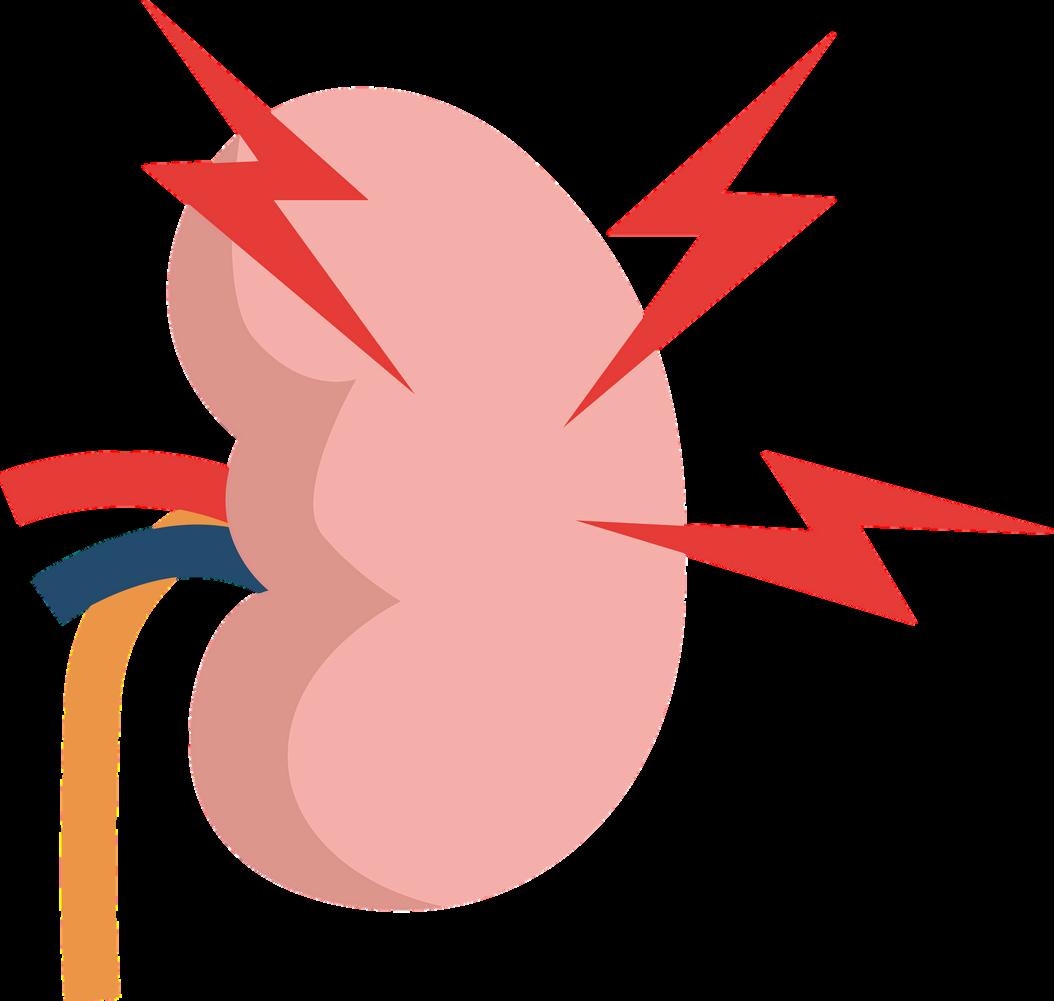
Despite the rising global prevalence of obesity, there is a persistent group that remains highly obsessed on dieting. Interest in dieting worldwide has increased over the past two decades. A study revealed that internet searches for weight loss queries significantly increased between 2004 and 2018 (1).

A fad diet is a trendy eating plan that promises quick weight loss, attracting people with bold claims but lacking scientific proof. These diets often ignore basic nutrition rules and may appear helpful for weight loss or disease prevention. However, there's little solid evidence to support these claims, and some studies suggest that long-term adherence to fad diets may be harmful to health (1).
Food Group Exclusion
Doubtful Nutritional Value
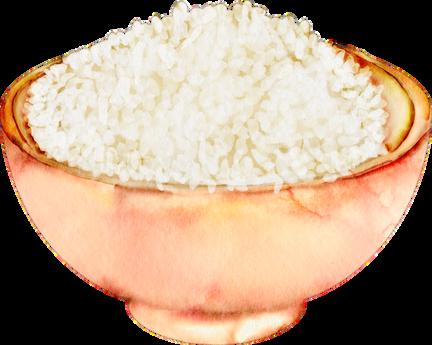
Typical Characteristics:
No Warnings for Patients

Lack of Exercise Guidelines Not Sustainable LongTerm
Treating epilepsy. Emphasizes high-fat, moderateprotein, lowcarb for ketosis.
Detoxification method to rid the body of toxins. Promote rapid weight loss.
Excludes all animal products. Focuses on plant-based foods.
Cycles between periods of fasting and eating. 16/8, 5:2, EatStop-Eat.
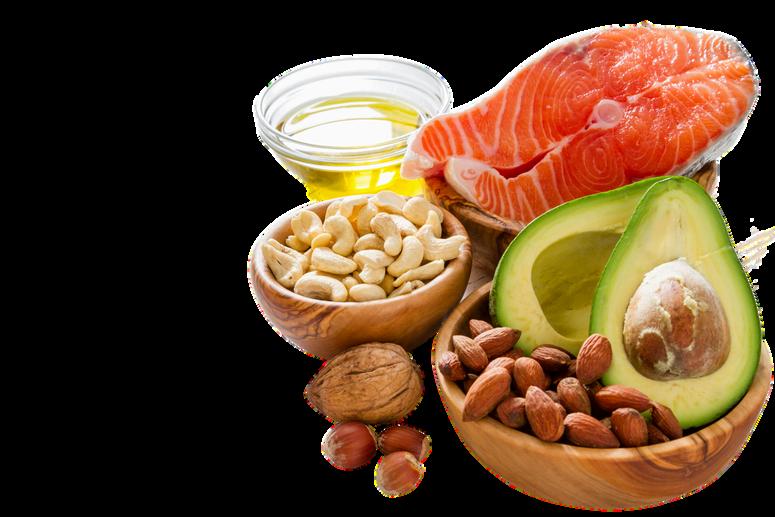
Ketogenic (keto) Diet

Detox Diet
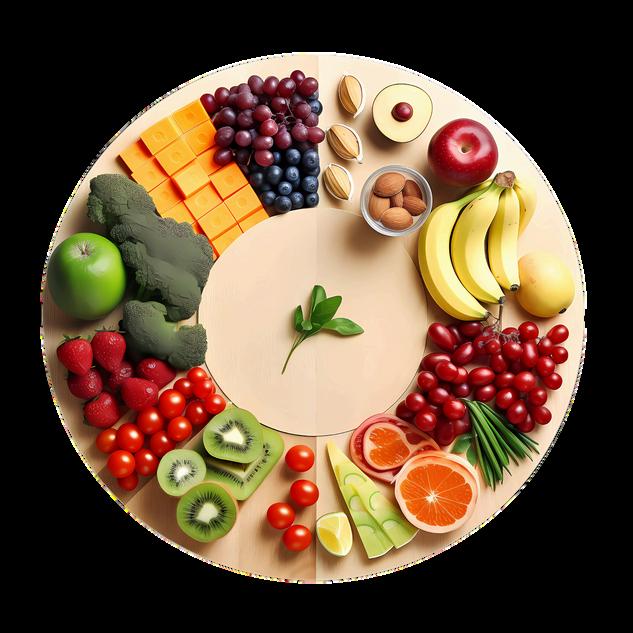
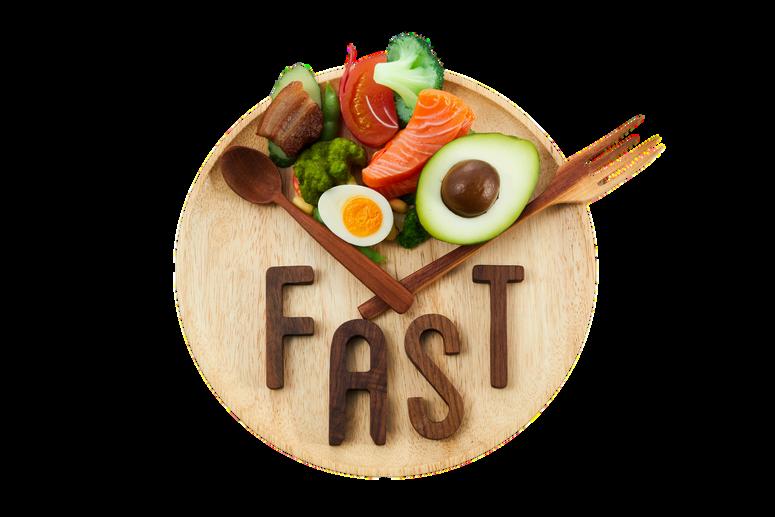
Intermittent Fasting (IF)
Popular for weight loss, not medical use. Severe carb restriction, hard to sustain.
Only drinking fruit/vegetable juices. Lacks protein, causing muscle loss.
Claims to cure diseases to gain popularity, ignoring balanced nutrition.
Quick weight loss without understandin g risks or proper fasting.

Energy from consumed foods

Resting Metabolic Rate (RMR): Energy used at rest
Thermic Effect of Food (TEF): Energy used to digest, absorb and metabolise food
When an individual is in energy balance, energy intake equals energy expenditure, and weight should remain stable.
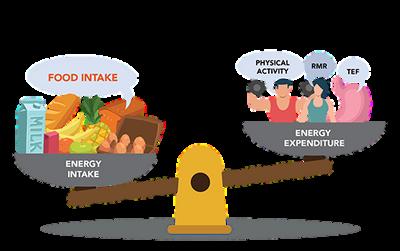
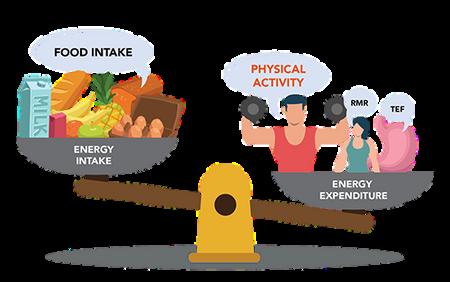
When energy intake is greater than energy expenditure, resulting in weight gain (calorie surplus).
When energy intake is less than energy expenditure, resulting in weight loss (calorie deficit).

Aim for a moderate calorie deficit (e.g., suggested reduction of 500-1000 calories per day) to promote healthy weight loss of 0.51 kg per week. Reduce calorie intake through a balanced diet and increase calorie expenditure through regular physical activity.
Specific: Lose 5 kg.
Measurable: Track weight weekly and monitor calories daily.
Attainable: Create a daily calorie deficit of 500-1000 calories through diet and exercise.
Realistic: Follow a healthy eating plan and exercise 30 minutes, 5 days a week.
Timely: Lose 5 kg in 3 months.
Diets that eliminate entire food groups or require extremely lowcalorie intake can lead to nutrient deficiencies and health issues.
Choose a balanced and realistic diet that you can maintain over the long term.
Look for diets that have been studied and recommended by reputable health organizations.

Claim quick weight loss without lifestyle changes using diet pills, lotions, and sweat suits.
Claim fat-burning effects of foods like grapefruit or coffee, and substances like green tea extract or raspberry ketones.
Suggests replacing foods with costly supplements or specialized products.
Marketed as ‘wellness’ but involve strict food control, like clean eating.

Promotes eating based on your genetic type or blood group.
Promotes singlefood diets like cabbage soup or raw food diets avoiding cooked foods.
Claims survival on liquid diets like water fasting or juice cleanses.
Suggest consuming non-food substances like cotton wool or hydrochloric acid.

Fad diets may seem appealing because they offer a rapid solution to long-standing issues. However, diets that are overly restrictive or lack scientific backing can endanger your health (2)
Adopting a fad diet can lead to a pattern of losing weight followed by gaining it back (2)
The most effective approach to maintaining a healthy weight is being in energy balance state (2)
Strive for a diet that provides a balanced, variety and anything in moderation (2)
Stay mindful of portion sizes and take into account your activity levels (2)
1. 2. Bda. (n.d.). Fad diets. British Dietetic Association. https://www.bda.uk.com/resource/fad-diets.html
Tahreem, A., Rakha, A., Rabail, R., Nazir, A., Socol, C. T., Maerescu, C. M., & Aadil, R. M. (2022b). Fad diets: Facts and fiction. Frontiers in Nutrition, 9. https://doi.org/10.3389/fnut.2022.960922


Feel free to make an appointment with any of our doctors at Penang Adventist Hospital, or get in touch with our nutritionist if you require any assistance in nutrition related counselling in a healthy and sustainable way. Nutrition counselling services
Telephone: +604 222 7670







